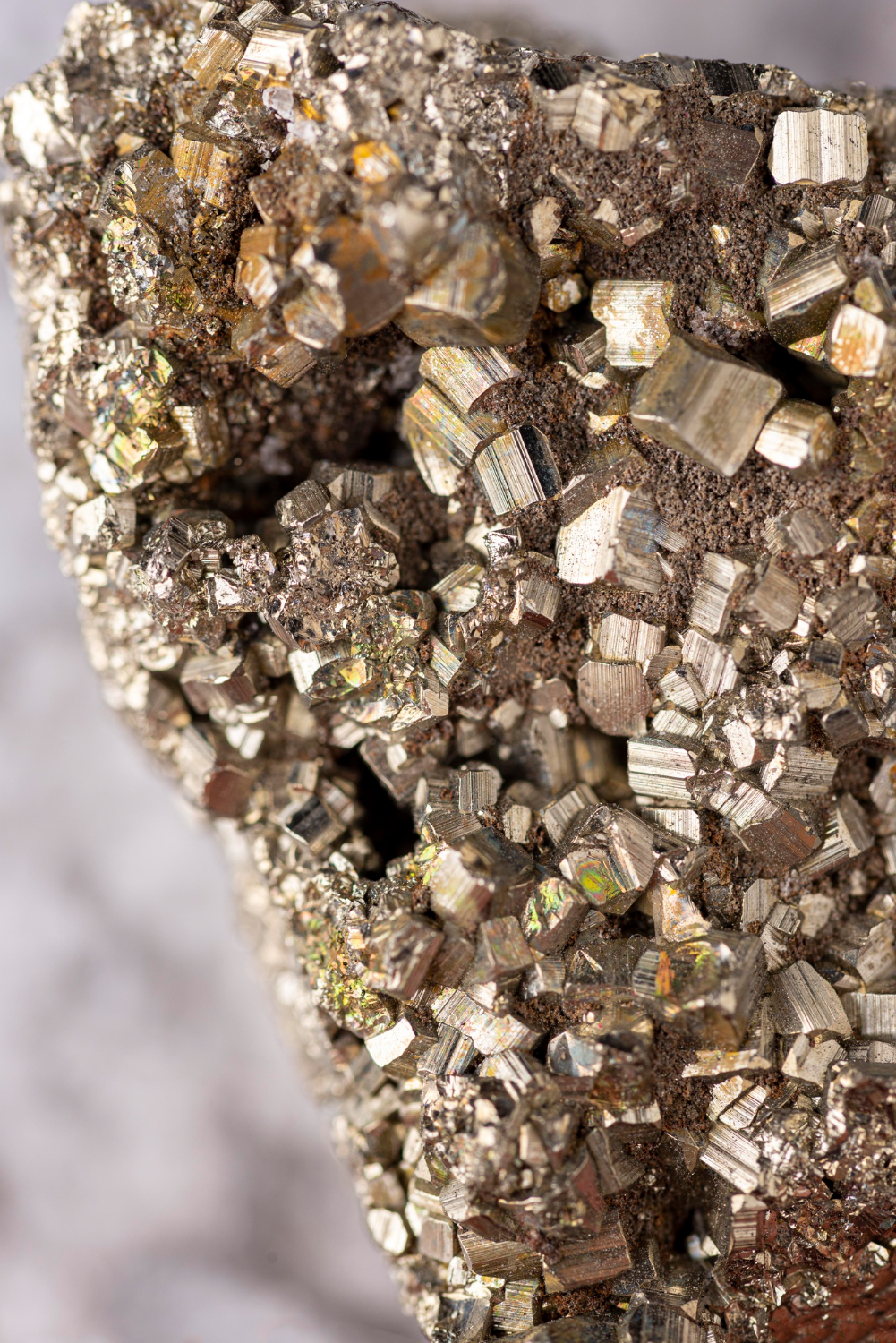
If you’re feeling pinched by inflation these days, you’re not alone. Everything from food and gas to the cost of utilities has been going through the roof. Unfortunately, people’s income and available cash flow haven’t been matching that cost increase. And that means things get tighter and tighter for just getting through the month. However, for folks who have old jewelry, coins that are not doing much, bits of precious metal, and similar, it may be time to put all of those precious metal examples to work. After all, the whole point of holding onto those things is ultimately to help you get through challenging times.
Table of Contents
Don’t Feel Ashamed
There’s no reason to feel about needing to think about selling old jewelry or precious metals either. In fact, for centuries people put their stock in gold and silver to have a safe harbor when things get tough or the buying power of the local currency just isn’t doing its job anymore. Instead of seeing things fall apart, these folks have been able to use their precious metal holding to take care of costs and get through tough times. Then, later on, they stock up again for the next rainy day so that they have a financial safety net that doesn’t depend on an employer, a bank or the government for help. Smart financial people follow this practice repeatedly throughout their careers, and it shows in their long-term success.
Getting Started and Sorting
The first big step is to pull together everything you have that you believe you will sell. Remember, some items have emotional attachments. So, it’s quite normal to make a last-minute decision not to liquidate a piece. Remember, there is no pressure here to sell beyond your own decision to do so.
Next, as you group together the items, sort and bag them by type and karat, if it applies. In other words, sort your gold items separately from other metals and then group them by karat. The most common gold tends to be 10 and 12-karat because it provides a much stronger metal. If you can identify the type of gold, group them together. Put your unknowns in a separate pile to themselves. Do the same for 14, 18 and 24 karat items. The same can apply to silver. Silver is not rated by karat, but the purest form will be 0.99 pure where it applies. Government issues coins are very good about this as the type of metal is usually stamped on the coin if it is precious metal bullion.
How the Evaluation Process Works
All types of precious elements jewelry & coin can produce a viable liquidation value but be prepared that each item needs to be evaluated. This can happen one of two ways: 1) either you bring the items in person to a dealer or, 2) you ship the items via secured courier. In either case, the dealer then evaluates the items, communicates an offer for each piece or as a lot, and then decides whether to accept the price offered or not. If accepted, the dealer then processes the items and provides cash in person or sends a payment as a check or electronic payment. If not accepted, then the dealer packages everything up and sends it back, with you covering the shipping cost. Either scenario plays out again and again daily with people from all types of backgrounds, and it is one of the primary sources for how precious metals make their way back into the market again.
Spot Price Versus Offered Price
For consumer sellers, it’s important to remember that there is a difference between the spot price they see in public market reports or websites and what is offered as the actual re-buy price one receives. This is particularly the case with gold and silver. The spot price is pegged on the purest value of gold measured at one Troy ounce. That amount is what the market is trading gold at, and the same applies for silver and platinum. That is not what a consumer will usually receive. Remember, gold buyers and similar precious metal dealers are businesses that need to make a profit. So they buy at a lower level to then resell at a higher point. Since it’s unlikely they can sell much over the spot price, they buy at a lower point to provide a profit margin.
The type of metal makes a difference too. With gold, for example, gold buyers will pay top dollar for 24-karat gold, but a much lower price for 10 or 12-karat gold. Due to the fact that the gold involved is alloyed with other metals, it has less purity and therefore less value. This is also important to keep in mind when thinking about selling old jewelry for example. Many rings and thicker items are made with lower-karat gold for strength, but that also means they end up being worth less than a 24-karat version as well.
Find Your Comfort Zone
Again, you don’t need to sell everything you have right away. Sometimes, a few pieces provide more than enough for a temporary need. And it’s also perfectly normal to make last minute changes and pull a piece back. This is common with sentimental items such as wedding jewelry, gifts and similar. There is nothing wrong with changing your mind. Gold buyers and similar want to be sure what they buy is fully released by a consumer seller, so the decision is entirely yours. That said, when you’re ready, your precious metals can provide a valuable boost for your cash flow, especially during the holidays, for example. And, after all, the best way to use your treasures is really about making memories that last a lifetime with family and friends.

